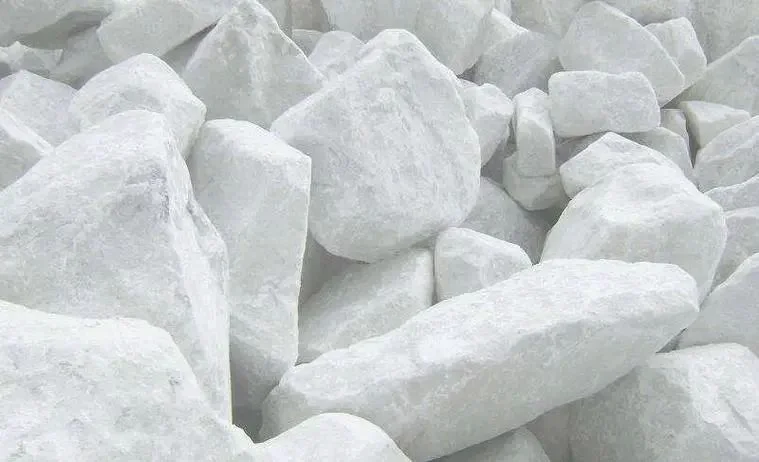Calcite, CaCO3, is one of the most common minerals on Earth. It is the main component of limestone and marble. It plays an important role in geology, mineralogy, chemistry and industrial applications. This article will detail the origin, composition, properties, and uses of calcium carbonate. It is used in various fields.

Origin of Calcite
Calcite forms through a complex geological process. It occurs mainly in two ways: biologically and chemically.
1. Biological
Many marine organisms, like corals and some algae, can extract calcium carbonate from seawater. These include shells. They use it to build their shells and skeletons. When these organisms die, their shells and skeletons are deposited on the seafloor. After a long time, these sediments compact and cement. They eventually form calcite. This biological calcium carbonate usually exists in the form of limestone.
2. Chemical
Calcite can also be formed by chemical precipitation. In specific environments, like hot springs and caves, dissolved calcium carbonate will precipitate. Changes in temperature, pressure, or pH cause this. It forms calcium carbonate crystals. In caves, calcium carbonate will precipitate out of solution. This happens due to water evaporation or carbon dioxide escape. It forms stalactites and stalagmites.
The composition of calcite
Calcite is a carbonate mineral whose chemical composition is mainly calcium carbonate (CaCO3). It is colorless and transparent in its pure state. But, due to impurities, it usually appears in various colors: white, gray, yellow, pink, red, green, blue, brown, and black.
1. Crystal structure
Calcite belongs to the trigonal system. Its crystals are made of calcium ions (Ca2+) and carbonate ions (CO32-). The calcium ions are in specific positions in the crystal lattice. The carbonate ions are arranged around the calcium ions. Together, they form a complex 3D structure. This structure gives calcium carbonate unique physical and chemical properties.
2. Physical properties
Calcite has a low hardness, with a Mohs hardness of 3, which means it can be easily scratched with a copper coin. It has a density of about 2.71 g/cm³ and a high refractive index of about 1.49-1.66. Calcium carbonate has obvious three-way cleavage. It can be cracked in three directions to form a smooth surface.
Properties of Calcite
The properties of calcite make it widely used in many fields.
1. Chemical properties
Calcite is an alkaline mineral. It reacts with acids to produce carbon dioxide, water, and a calcium salt. This reaction is used in geology to find calcium carbonate. It also produces carbon dioxide in industry.
2. Thermal properties
Calcite decomposes when heated to produce calcium oxide (CaO) and carbon dioxide (CO2).
3. Optical properties
Calcite has a birefringent phenomenon. It splits light into two beams. This property makes calcium carbonate important in optical instruments, such as Nicol prisms.
Applications of Calcite
Calcite has a wide range of applications in many fields due to its unique properties.
1. Building materials
Calcite is the main raw material for the production of cement and lime. Cement is vital for modern construction. Lime is used to make mortar and concrete. Also, calcium carbonate is the main component of marble. It is widely used in architecture for its beauty and durability.
2. Agriculture
In agriculture, calcium carbonate is used to adjust the pH of the soil. Adding calcium carbonate to acidic soil can raise its pH. This will improve crop growth.
3. Chemical industry
Calcite is a key raw material for making many chemicals. For example, it makes calcium carbonate fillers. They are widely used in papermaking, plastics, rubber, and coatings. In addition, calcium carbonate is also one of the raw materials for the production of glass and ceramics.
4. Environmental protection
Calcite also plays an important role in environmental protection. It is used in flue gas desulfurization to neutralize sulfur dioxide and reduce air pollution. Also, calcium carbonate is used in water treatment. It removes heavy metals and acids from water.
5. Optical instruments
Calcite’s birefringent nature makes it useful for optical instruments. It is used in Nicol prisms in polarizing microscopes.
6. Jewelry and ornaments
Iceland spar is pure, transparent calcium carbonate. Its beauty and optical properties make it ideal for jewelry and ornaments.
